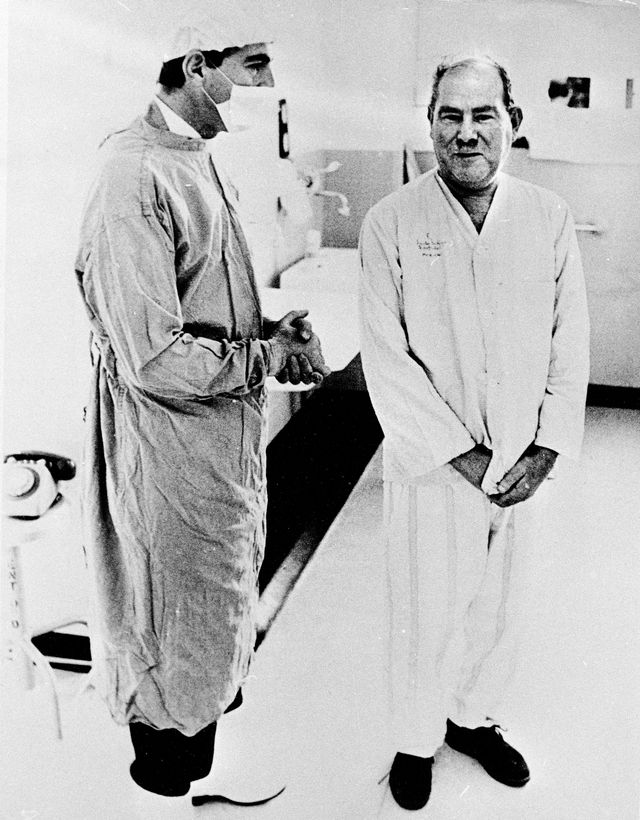
by David Levinson
New rules
Readers don’t need to be reminded that the Winter Olympics in Grenoble, France came to a close just two weeks ago. Of course, most of the attention has gone to French skier Jean-Claude Killy, who took all three gold medals in the Men’s Alpine events, and American Peggy Fleming’s absolutely dominating performance in the Ladies’ Figure Skating competition. But the Games also saw many firsts. Norway took the most medals with 14, taking the top spot from the Soviet Union for the first time since the latter began participating. Morocco fielded a team for the first time (believe it or not, there’s decent skiing in the Atlas Mountains), and East and West Germany participated as separate countries for the first time. This was also the first time the Winter Games were broadcast in color.
There were also some new rules. There has been growing concern over the last few years about athletes taking various drugs to improve their performance, commonly called doping. In 1967, the International Olympic Committee finally joined most other sport associations in instituting a ban on the practice. A total of 86 athletes were tested for various substances, and all tests came back negative. The IOC also began performing sex tests on female athletes this year in order to prevent intersex persons from competing in women’s competition. None were found, but after the policy was announced last year, several Eastern European athletes announced their retirement, which prompted a great deal of speculation.
 The stars of the show. (l.) Jean-Claude Killy sporting his medals. (r.) Peggy Fleming in her spectacular performance.
The stars of the show. (l.) Jean-Claude Killy sporting his medals. (r.) Peggy Fleming in her spectacular performance.
Rules that bend, rules that break
Sometimes rules may be onerous, wrong, or perhaps just inconvenient. Maybe you need to bend them a little, maybe you need to break them and replace them with something better. The stories in this month’s IF offer several cases in point.
 The Advanced Guard prepare to study the fauna of Chryseis. Art by Vaughn Bodé
The Advanced Guard prepare to study the fauna of Chryseis. Art by Vaughn Bodé
Continue reading [March 2, 1968] Rules and Regulations (April 1968 IF)

![[March 2, 1968] Rules and Regulations (April 1968 <i>IF</i>)](https://galacticjourney.org/wp-content/uploads/2023/02/IF-1968-04-Cover-639x372.jpg)
![[February 4, 1968] More of the Same (March 1968 <i>IF</i>)](https://galacticjourney.org/wp-content/uploads/2023/01/IF-1968-03-Cover-434x372.jpg)
 Dr. Barnard (I.) and Philip Blaiberg (r.), probably before the surgery.
Dr. Barnard (I.) and Philip Blaiberg (r.), probably before the surgery. Dr. Shumway at a press conference last fall (l.), Mike Kasperak and his wife, Ferne (r.)
Dr. Shumway at a press conference last fall (l.), Mike Kasperak and his wife, Ferne (r.) This unpleasing collage is for Harlan’s new story. Art by Wenzel
This unpleasing collage is for Harlan’s new story. Art by Wenzel![[January 2, 1968] The consequences of success (February 1968 <i>IF</i>)](https://galacticjourney.org/wp-content/uploads/2022/12/IF-1968-02-Cover-672x372.jpg)
 Louis Washkansky talks to Dr. Barnard in the days following the surgery.
Louis Washkansky talks to Dr. Barnard in the days following the surgery. This dreamscape doesn’t appear in Robert Sheckley’s new story, but it could. Art by Vaughn Bodé
This dreamscape doesn’t appear in Robert Sheckley’s new story, but it could. Art by Vaughn Bodé